A couple of weeks ago, I helped my wife Karen teach 12 kids from ages 10 to 14 about fly fishing during the Next Cast Flyfishers Camp. It’s part of our fly club’s Next Cast Flyfishers (our youth program) goal to get kids into fly fishing in Central Oregon.
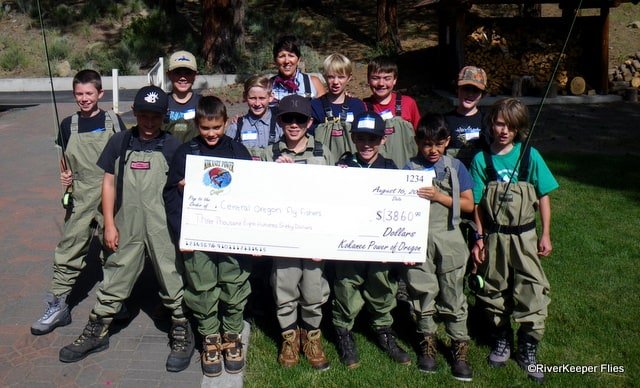
This is a picture of the kids holding a check for $3,860 from a Kokanee Power. This grant will support the Next Cast Flyfishers in the future. Yes, those are our waders and boots. And we outfit the kids with Redington Crosswater youth fly rod outfits for them to use during camp.
During the 3-day class, we taught them fly casting, knots, bugs, fly tying, gear & equipment, safety & regulations, and actual fishing which included safe fish handling to release fish to fight another day.
Here they are all wadered up and out in the stream for the first time for many of them.
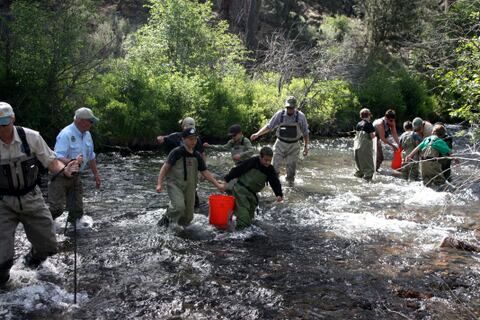
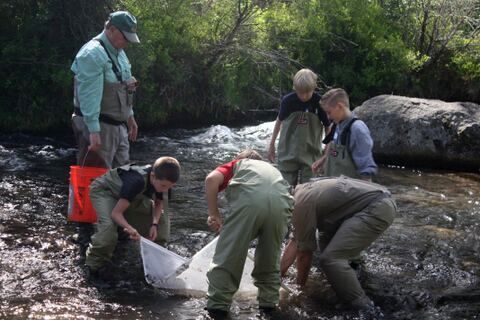

Their task was to collect a few live bugs using kick nets. Two kids held the nets and two kicked rocks upstream, allowing the bugs to float into the mesh net where they were transferred into buckets and taken to the classroom. They were amazed at all the bugs found. The kids identified and few bugs and we found a budding artist in the group.
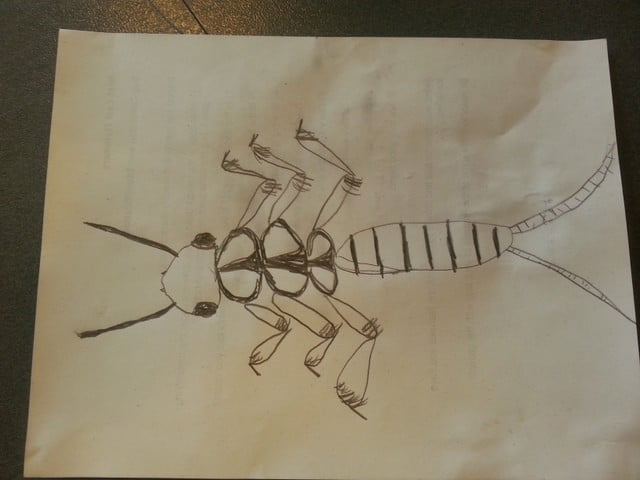
We spent some time on the grass teaching the first-timers how to cast. And for the repeat fly fishers, a little refresher.

The Bend Bulletin, our local newspaper, came out one day to get the story about the 3-day fly fishing camp offered through Bend Parks & Recreation. The result was a great story published on June 24. Then, to our surprise, the Associated Press picked up the story and the New York Times ran it Sunday! You can read their story HERE.
I had a great time teaching a few new ideas to three of our repeat students. They’ve had such a good time in previous years, they decided to return. They are good fly fishers and caught fish the first day using their desired technique of stripping buggers and leech patterns. Karen decided we needed to broaden their fly fishing repertoire, so on the second day I showed them how to rig and fish a two-fly chironomid outfit. To my surprise, they caught fish! I expected them to fish a while and then go back to stripping flies. But they caught fish! They were happy.

Later that day, I taught them to tie the RiverKeeper Callibaetis Emerger.
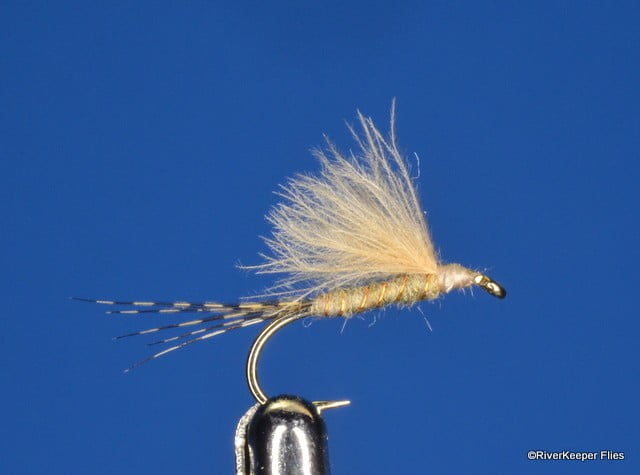
Here they are tying the fly.

And we talked about how to fish this dry fly. They went to the pond later…and caught fish!
My goal was to teach them three ways to fish ponds and lakes.
- Stripping bugger and leech fly patterns
- Fishing an indicator and chironomids
- Fishing dry flies
Mission accomplished!
All 12 fly fishers had a wonderful time during our three days. They didn’t want it to end.
Oh yea…they caught fish.


I think we have a few new fly fishermen now!
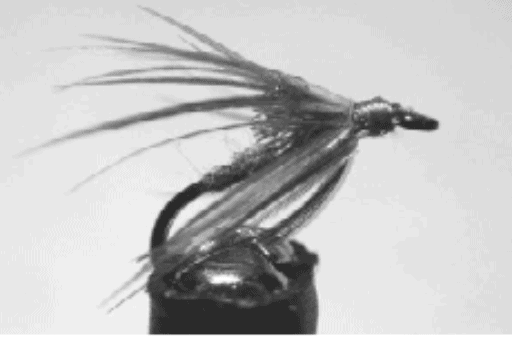




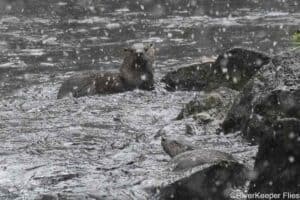

Great work, Karen and John! Wish I were a kid again so I could take your course.
Dennis